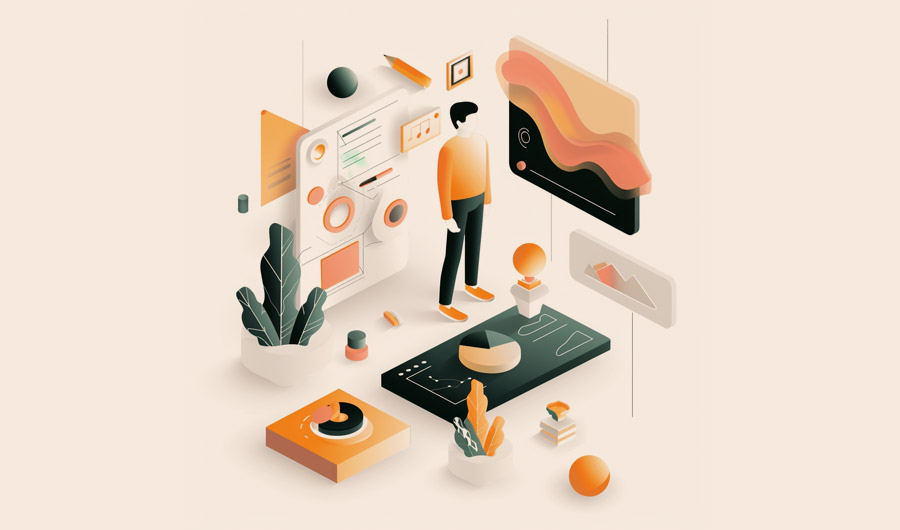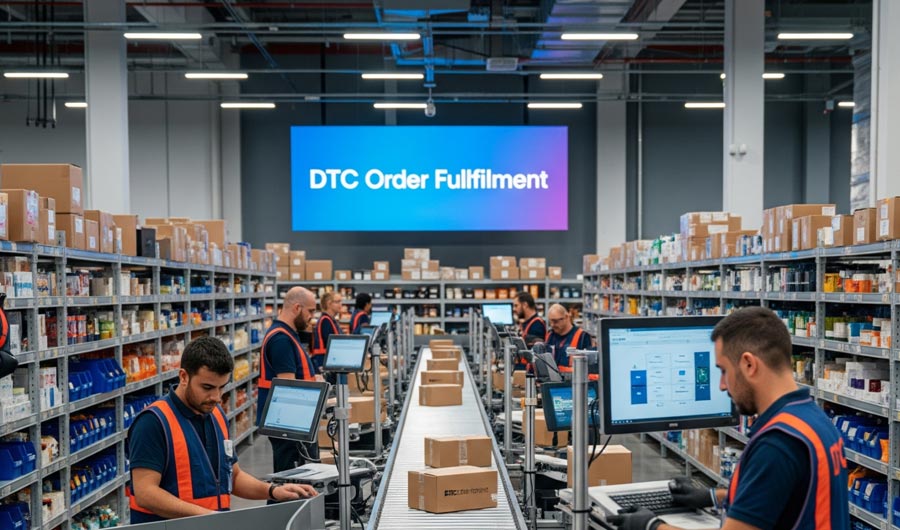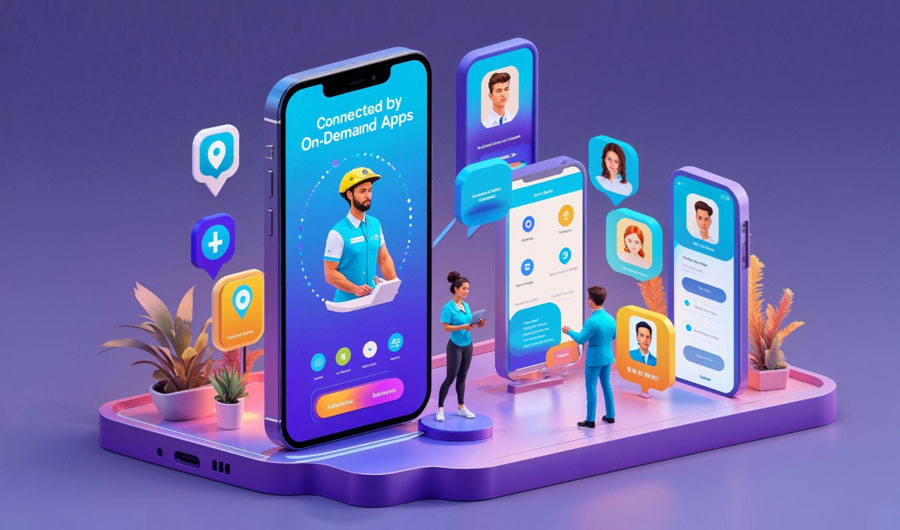
The Evolution of UI/UX Design: Trends, Technologies, and Best Practices
Times change, as do the approaches to creating remarkable designs that appeal to the demanding online audience. Whenever you and your team deliver UI/UX design and development services or look for professionals who can help you craft design solutions to appeal to a wider audience, keeping an eye on trends, technologies, and best practices should help you achieve the desired results more effectively. This guide discusses the UI/UX design revolution, highlights the current trends, and provides future forecasts. Let’s dive in!
How It Started
In the early days of UI/UX design, websites mainly featured text-based interfaces requiring users to type in commands to take particular actions. However, as time passed, website owners faced the challenge of creating online projects that were more user-friendly and accessible to the general public. This is where professional UI/UX design services came into play, transforming the way users interact with digital platforms.
The demand found its reflection in the invention of graphic user interfaces, which were actively adopted and applied into practice by such technological giants as Apple and Microsoft, who were among the first to significantly change interface designs on their devices and implement visually oriented elements, icons, windows, and menus.
In the 1990s, UI/UX design principles were brought online, making web design a new discipline. With the internet launch, web designers faced new challenges and possibilities. By getting the first websites online, web design experts had to look for new ways to engage audiences by making their designs more engaging, interactive, and cross-browser compatible.
With the increased adoption of smartphones and other handheld devices in the 2000s-2010s, web designers started focusing more on creating UI/UX designs that look equally good on mobile and desktop screens. The mobile-first UI/UX design trend is ongoing, with app-centric designs playing a significant role in creating websites that deliver consistent user experience across multiple platforms.
How It’s Going
On the modern web, UI/UX design is the focus. No matter how big or small your project is, what niche it belongs to, and how long it’s been in the market, creating usable and appealing designs is the first and most crucial web development aspect. Times change. UI/UX design trends come and go. Web designs change with the adoption of new technologies. What trends are in the most considerable demand today? Check them out below.
- Clean, minimalist designs have been in demand for several years. Simple design elements and clever white space are convenient for projects looking forward to bringing the focus of users’ attention to detail.
- Dark mode is another trendy UI/UX design approach. Most websites allow users to switch between light and dark modes, thus providing them with freedom of choice.
- Micro-interactions make web designs more engaging and lively. You’ve encountered websites with micro-interactions even without knowing how those elements are named. Some of the most common examples include website buttons or icons that change their color or form when clicked or hovered.
- With the growing accessibility trends, the modern web adjusts to let people with disabilities easily find the information they are looking for. Following this trend, voice search has gained a particular demand, making web projects adjust their UI/UX designs to make their content accessible with voice search.
- One more essential UI/UX design trend that is gaining is website personalization. It’s vital for e-commerce websites. Personalization focuses on providing users with content that matches their interests, browsing behavior, past purchases, etc. Revealing a set of recommendations relevant to the item a person added to the cart is one of the most vivid examples of online personalization.
What the Future Holds
We believe more is yet to come. We live in an age when artificial intelligence and augmented reality are just taking their first steps. Still, we’ve already seen cases of AI-based websites and technologies being released. AI and AR go hand-in-hand and will bring many changes to our online experiences, especially e-commerce.
Other innovative UI/UX design elements that have yet to be very popular but are already gaining momentum include ethical design approaches balancing user engagement with responsible design elements that do not manipulate customers.
Online security considerations are also rising, so UI/UX designers are paying more attention to creating interfaces that incorporate biometric authentication methods.
Bottom Line
The evolution of UI/UX design trends remains a topic that remains in considerable demand among users of all backgrounds, industries, and skill levels. While some trends, like minimalism, have stayed in demand for ages, other trends, like AI and AR, are only gaining momentum. Adjusting to new technologies and innovations is the approach that UI/UX designers should consider and adapt to keep web designs innovative, competitive, and engaging.






